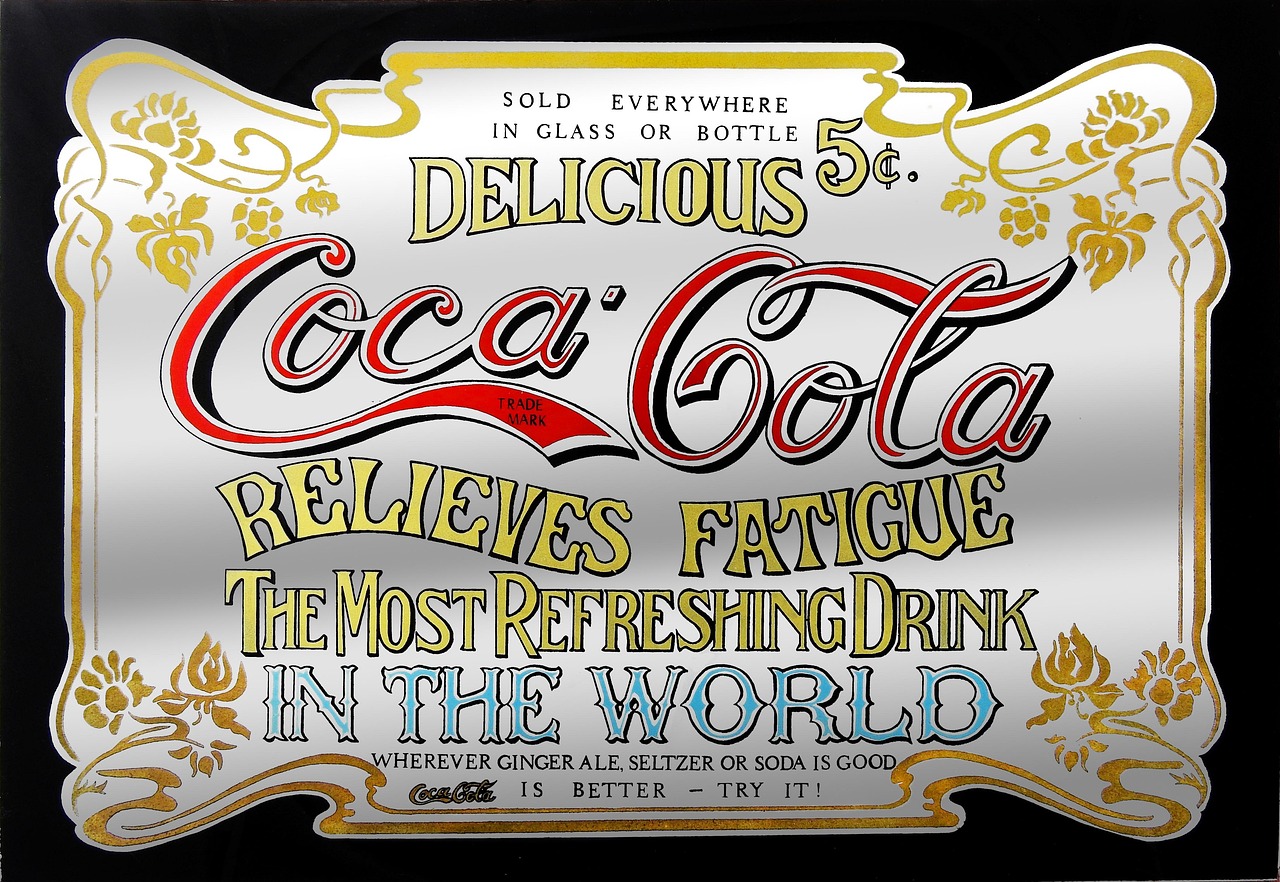Have you ever been interested in buying an item because you saw a picture of your idol walking around with the product? The feeling of closeness to the advertisement that the branding is trying to build is related to the soft selling strategy.
In the marketing world, there are two primary strategies to influence customers, hard selling and soft selling. The approach you choose can determine the success of your product sales.
Difference between Hard Selling and Soft Selling
According to Investopedia, hard selling is a direct approach that urges the audience to purchase a product or service immediately. This strategy is commonly seen in salespeople at shopping malls.
On the other hand, soft selling is a more subtle marketing technique that does not pressure customers. It focuses on building relationships, providing value, and increasing customer trust in a brand.
Soft selling is often presented in the form of storytelling, educational content, or entertaining material relevant to the target market. This approach makes customers feel more comfortable and naturally inclined to purchase without feeling pressured.
Why is Soft Selling Effective?
Soft selling has proven to be a more sustainable marketing strategy compared to hard selling. Here are some reasons why this method is effective:
- Enhances customer loyalty – Soft selling builds emotional connections with customers, making them more loyal to the brand.
- Increases brand awareness – Soft selling campaigns are often more memorable due to their subtle and relatable approach.
- Reduces consumer resistance – Customers tend to avoid overly aggressive advertisements. Soft selling makes them more open to receiving a brand’s message.
- Boosts social media engagement – Educational, inspiring, or entertaining content is more likely to be shared and commented on by the audience.
Characteristics of an Effective Soft Selling Advertisement
To ensure a successful soft selling campaign, here are some key characteristics to consider:
- Does not directly push for sales – The primary focus is on building relationships and providing value.
- Utilizes storytelling – Brands with strong narratives are more memorable to customers.
- Offers value to the audience – This can be in the form of education, entertainment, or inspiration.
- Incorporates an emotional approach – Soft selling often taps into customer emotions to create a deeper connection with the brand.
10 Successful Soft Selling Advertisement Examples
Here are some examples of soft selling ads from well-known brands that have successfully captivated audiences without appearing overly promotional:
Nike (Inspirational & Emotional)


Nike is famous for its soft selling campaigns that inspire audiences to achieve their dreams. Instead of merely promoting shoes or sportswear, Nike often shares stories of athletes who overcome struggles and achieve victory.Example: The “Find Your Greatness” ad features ordinary people striving to achieve their goals in sports, not just professional athletes.
Coca-Cola (Personalization & Interaction)
Coca-Cola launched the “Share a Coke” campaign, where they printed popular names on their bottles. This campaign successfully increased customer interaction as they felt a personal connection with the brand and shared their experiences on social media.
Marjan (Storytelling & Emotion)


Marjan uses storytelling in audiovisual ads, particularly during the period leading up to Ramadan and Eid. They often create multi-episode story-based ads that evoke strong emotions and reinforce the theme of togetherness.
Lifebuoy (Education & Storytelling)
Lifebuoy highlights the importance of handwashing to prevent diseases. Their ads use storytelling, such as a child playing in the park and then eating with unwashed hands. His mother reminds him, and he responds, “It only takes 10 seconds, right?” This educates customers while subtly promoting the brand.
Tokopedia (Entertainment & Awareness)
Tokopedia incorporates soft selling by featuring popular South Korean musicians, not just as brand ambassadors but also through music events like “Waktu Indonesia Belanja.” This strategy attracts K-pop fans and encourages them to use Tokopedia.
Traveloka (Soft Promotion & Storytelling)
Traveloka uses storytelling with the tagline “Life, Your Way,” showcasing customer travel experiences and emphasizing how its services help them enjoy worry-free vacations—without aggressive promotion.
Wardah (Relatable & Community-Based)
Wardah builds a community through the “Inspiring Beauty” campaign, encouraging women to pursue their dreams while maintaining inner and outer beauty. This strategy strengthens Wardah’s bond with its target audience, particularly Muslim women.
SpaceHub (Experience & Customer Problems)


SpaceHub, a warehouse rental service, often highlights common storage challenges. Their ad campaign #CobaSimpanAjaDulu (“Just Store It First”) encourages people to try their services for short-term storage needs.
Apple (User-Generated Content)
Apple employs soft selling by showcasing user-generated photos in its “Shot on iPhone” campaign. This creates organic testimonials from customers, building trust without direct promotion.
Gojek (Trust & Lifestyle)
Gojek’s tagline, “Pasti Ada Jalan” (“There’s Always a Way”), resonates with the daily transportation challenges of Indonesians. This short yet powerful phrase enhances brand perception and trust.
How to Create an Effective Soft Selling Ad


If you want to apply a soft selling strategy to your business, follow these steps:
- Use storytelling – Share a narrative that resonates with your audience.
- Understand audience emotions and pain points – Identify their problems and provide solutions without pressuring them to buy.
- Focus on benefits, not just features – Show how your product or service can improve their lives.
- Leverage influencers or user-generated content – Testimonials from other users are more credible than direct promotions.
- Create valuable content – Offer educational, entertaining, or inspiring content that attracts the audience without feeling like an ad.
Soft selling is a subtle yet effective marketing technique for building long-term customer relationships. This approach enhances customer loyalty, brand awareness, and engagement without making customers feel like they are being sold to.
By studying these brand examples, we learn that great soft selling ads must incorporate strong storytelling, audience relevance, and genuine value.
If you want to integrate soft selling into your marketing strategy, start by understanding your target audience and creating content that truly benefits them.





